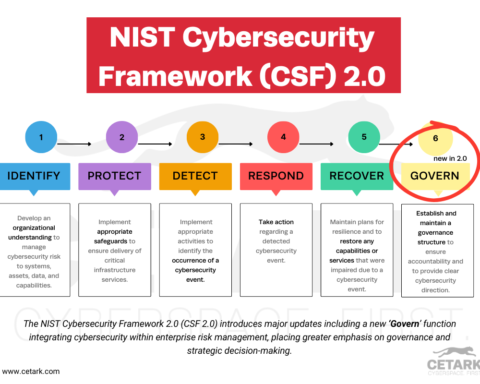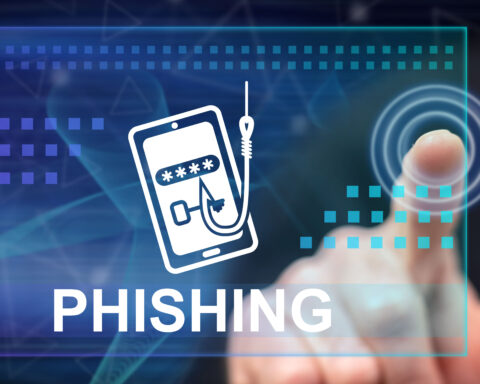Are you worried about the safety of your business data? You should be! In a world where hackers constantly find new ways to steal information, it’s more important than ever to ensure your data is safe. One way to do this is by implementing zero-trust security measures.
A zero-trust security system treats every user and device untrusted until proven otherwise. This contrasts with the traditional approach of granting users access based on their location or position within the network.
There are many advantages to this approach.
First, it helps prevent lateral movement within the web if one user’s account is compromised.
Second, it reduces the overall attack surface by limiting the number of users’ access to sensitive data.
Finally, it simplifies security management by constantly eliminating the need to update trust levels. Zero trust security is an emerging trend in cybersecurity, and it shows promise as an effective way to combat sophisticated attacks.
How to get started with zero trust security
So how do you get started with zero trust security?
One way is to implement a zero-trust security platform, which can provide the necessary infrastructure and tools for verifying user identities and enforcing least privilege policies.
Alternatively, you can build a zero-trust security strategy by identifying the critical data and resources that need to be protected, designing a verification process for user identities, and implementing controls to enforce the least privilege. No matter your approach, developing a solid zero-trust security posture requires careful planning and execution. But the effort is worth it, as zero-trust security can help you better protect your data and resources from unauthorized access.
Organizations that have successfully implemented zero trust security
Several organizations have successfully implemented zero-trust security.
One notable example is the US Department of Defense, which transitioned significantly to a zero-trust model in 2017.
The Department’s goal was to improve cybersecurity by making it more difficult for adversaries to access sensitive information. Another organization that has implemented zero-trust security is Google. The company began using a zero-trust model for its internal networks in 2012 and has since extended the approach to its public cloud platform.
Google’s experience with zero trust security provides valuable insights into the challenges and benefits of this approach.
The future of cybersecurity and why zero-trust
The future of cybersecurity looks very different from the past. The old security-by-isolation model is no longer feasible in an increasingly interconnected world. Instead, organizations must adopt a zero-trust approach, where all users and devices are treated as potential threats. This shift will be driven by several factors, including the rise of AI and machine learning, the increasing sophistication of cyber attacks, and the growing number of devices and sensors connected to the internet.
According to MarketsandMarkets, the zero-trust security market is expected to grow from USD 12.5 billion in 2019 to USD 31.3 billion by 2024, at a Compound Annual Growth Rate (CAGR) of 20.2%.
This market growth is driven by several factors, including the need for secure remote access, the proliferation of BYOD and IoT devices, and the increasing number of data breaches.
In addition, Gartner predicts that by 2028, 90% of enterprises will be using some form of zero-trust security, up from less than 10% today. This rapid adoption is driven by the fact that zero-trust security models are more effective than traditional perimeter-based approaches to protecting against sophisticated cyber attacks.
So it’s clear that zero-trust security is here to stay. If you’re not already using some form of zero-trust security, now is the time to consider implementing it. It could be the key to preventing a costly data breach at your organization.
By understanding how zero-trust security works and implementing it into your organization, you can rest assured that your data is safe and secure.
Do you have any questions about zero-trust security or how to implement it in your organization? Leave a comment below, and we’ll be happy to answer. Thanks for reading!







